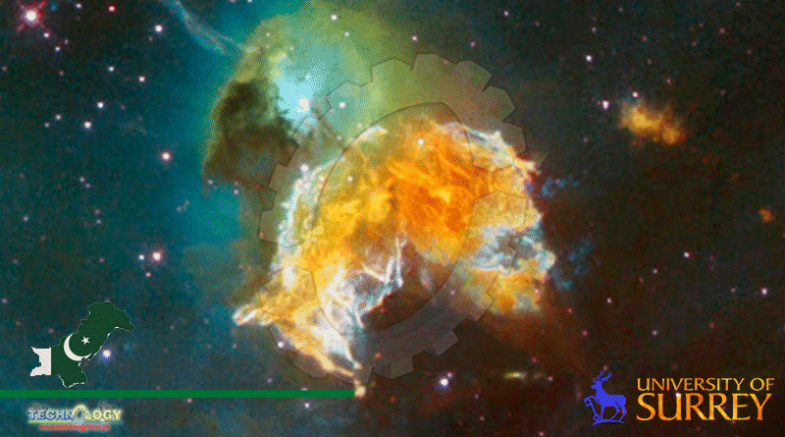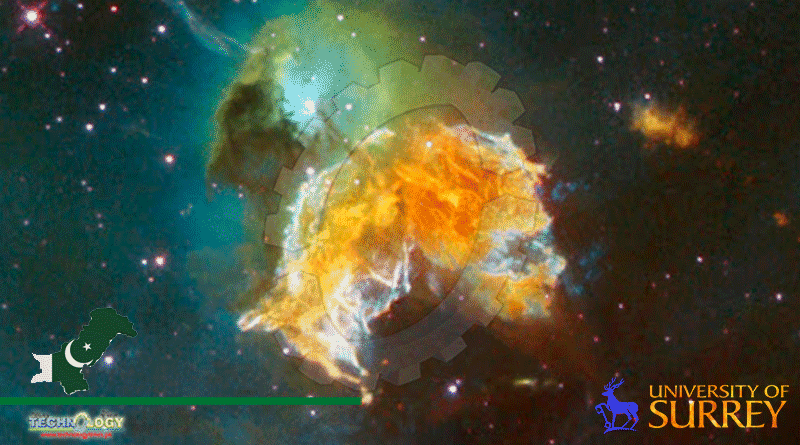The Energy Generated By The Process, Causing The Core Temperature To Drop, Which In Turn Causes Supernova Interaction.

Physicists have, for the first time, measured one of the ways in which exploding stars form the heaviest elements in the universe. By examining an accelerating beam of radioactive ions, a team led by physicist Gavin Lotay of the University of Surrey in the UK observed the proton capture process that is believed to occur in nucleo- collapse supernova. Not only are scientists now seeing in detail how this happens, the measurements are allowing a better understanding of the production and abundance of the mysterious isotopes called p-nuclei. At the most basic level, stars can be considered factories of the elements of the universe. Until stars were born and began to smash cores together, the universe was mostly a soup of hydrogen and helium. This stellar nuclear fusion began to infuse the universe with heavier elements, from carbon to iron for the most massive stars. This is where basic integration hits a snag. The heat and energy needed to produce iron by fusion exceeds the energy generated by the process, causing the core temperature to drop, which in turn causes the Supernova Interaction.
And this is where physicists believe that even the heaviest elements are born. The explosion is so energetic that atoms, when forcibly collided, can pick up components from each other. It doesn’t have to be a supernova (the discovery of heavy elements formed in a collision between two neutron stars) but the principle is the same. Also, cosmic boom = enough energy to form the elements. Then there are p-nuclei, where these 30 naturally occurring isotopes of heavy elements make up about 1% of the heavy elements observed in our solar system, and their composition is a mystery.
Isotopes are forms of the same element, varying by atomic mass, usually because the number of neutrons in the nucleus varies, while the number of protons remains the same. p-nuclei are isotopes that lack neutrons, but are proton-rich; Due to their extreme rarity, they are difficult to monitor, which has led to some difficulty in figuring out how they were forged. The preferred model currently includes the gamma process, in which atoms capture loose protons during an active event. Since the chemical element is defined by the number of protons, this process will convert the element to the next element in the periodic table, resulting in an isotope poor in neutrons.
The observations were obtained using an isotope separator and accelerator II at the Triumf National Laboratory in Canada, to produce a beam of radioactive rubidium-83 atoms. A TRIUMF-ISAC gamma-ray escaping spectrometer and a bounce-back electromagnetic mass analyzer were used to record and monitor the processes occurring in the beam. The researchers said the results indicate the production of a strontium-84 core consistent with the gamma process. They found that the thermonuclear reaction rate was lower than theoretical models predicted, resulting in higher production of strontium-84. They explained that their recalculated production rate is consistent with the abundance of strontium-84 observed in meteorites, and could help shed light on other astrophysical processes.
This news was originally published at Pakistan Christian
